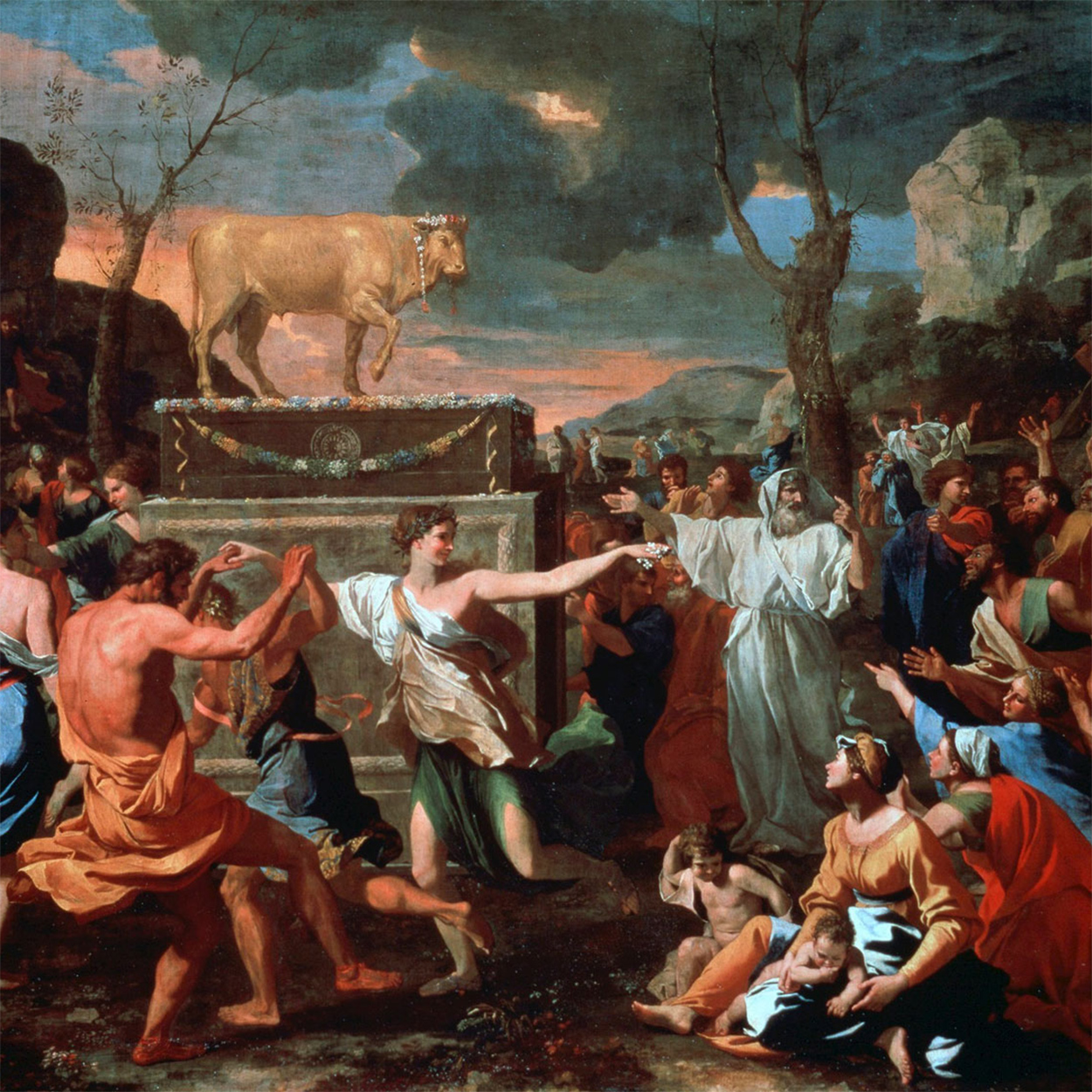Though I have no hard evidence to prove this, I think it is entirely likely that the Sermon on the Mount (Matthew 5-7) is among the most well-known of all Christian scripture. Indeed, as the Come, Follow Me guide notes, President Joseph Fielding Smith called it “the greatest [sermon] that was ever preached, so far as we know.” From its carefully constructed and poetically profound beatitudes to the simple and yet ever-inspiring Lord’s Prayer, from its use of imagery (birds, beams, motes, lilies), to its direct and loving call to live in a holier way—the Sermon on the Mount is a tour du force. Though this sermon has provided fodder for Christian reflection and exegesis for nearly 2,000 years, it still feels as fresh and applicable as ever. It is probably impossible to measure the impact the 111 verses that comprise the Sermon on the Mount have had on humankind generally and Christians specifically. Jesus is focused on people who are financially poor.
To begin with, we must remember (as I noted in January) “each of the gospels … tells a different story of Jesus from a different perspective and with a different point of emphasis … they each offer unique and irreplaceable insight.” In the Gospel of Luke, Jesus’s mission is framed early on in ways that are unique to Luke’s gospels (in fact, nearly half the material in Luke is not found in other Gospels). For instance, Jesus’s genealogy is traced back to Adam (not stopping with Abraham as happens in Matthew), suggesting a connection to all of humanity, not just the religious or political elite. As another example, in Luke, angels appear to common folk like shepherds and, most significantly, to women (in Matthew, angels only appear to men). When considered alongside the reality that Simeon and Anna (otherwise unknown individuals of no known social status) are the ones who validate Jesus’s divine mission when He is eight days old (not wise men from the east, as in Matthew), it suggests Jesus’s connection to those who are otherwise outside the circles of power. Finally, in Luke, Jesus Himself is recorded as publicly reading sections from Isaiah 61 in His hometown synagogue; the verses He reads suggest that the focus of His ministry is the poor, the brokenhearted, the captive, the blind, and the bound. Taken collectively, in Luke’s Gospel, Jesus is most closely connected with those who might seem to be on the margins of society but who are ready to receive the salvation that Jesus offers “today” (2:11, 4:21, 19:9, 23:43). All of this matters because it informs how Luke intended us to read the Sermon on the Plain.
First, it is remarkable that the sermon in Luke is given a flat piece of earth. In fact, Luke records that Jesus “came down with them, and stood in the plain” (6:17). Prior to this, Jesus had spent all night “out into a mountain to pray” (6:12). Yet, for the sermon, “He came down.” For Luke, this is a detail that matters. In this action, Jesus physically enacts His spiritual mission: He goes down to the people and stands on the same level as they stand. He is teaching them, but He is with them, too (not above them). What’s more, Jesus’s audience consists of a wide variety of people. Luke records that individuals came from Judea and Jerusalem (likely Jewish individuals, as might be expected) but also from Tyre and Sidon—areas that were decidedly non-Jewish. Again, for Luke, this detail matters: over and over again in Luke, Jesus’s message is heard by and validated by those who are considered to be outside the centers of religious and political power.
Now onto the sermon itself. In ways that are quite touching, the Sermon on the Plain reflects Jesus’s care for and mission to the poor and outcast. And I don’t mean the “poor in spirit” or those that “hunger and thirst after righteousness” (as is the case in the Sermon on the Mount). In the Sermon on the Plain, Jesus is focused on people who are financially poor and who are physically hungry. Says Jesus: “Blessed be ye poor: for yours is the kingdom of God. Blessed are ye that hunger now: for ye shall be filled” (6:20-21). In Luke, Jesus’s message is one of deliverance today from the real-life challenges faced by those who are most vulnerable in society. The Sermon on the Plain seems to suggest that addressing the physical needs of these individuals is among the primary concerns of Jesus and opens up the idea that there is no hard distinction between working today to meet the basic needs of those around and spiritual salvation (a notion which is reinforced by the Doctrine and Covenants, which collapses the spiritual the physical; D&C 29:34; 131:7-8). And Jesus is, in equal parts, critical of those who are currently physically secure but (apparently) take no steps to help the poor and needy. Says Jesus, “woe unto you that are rich! for ye have received your consolation. Woe unto you that are full! for ye shall hunger” (6:24-25). Indeed, the Gospel of Luke is a gospel of reversals: the poor and hungry get Jesus’s focus and promised blessings, whereas the rich and full (who perhaps think they are rich and full because of God’s blessings) will receive no additional recompense and end up hungry. And again, there is no indication that Jesus is suggesting this will take place after death, or in some future time, or in a spiritual way that may not be recognized by others. In the Sermon on the Plain, Jesus is suggesting that He came to make these things happen today. Mercy trumps everything else.
There are other fascinating insights to be gained from the Sermon on the Plain because it is not just “Luke’s version” of the Sermon on the Mount. It is its own discourse with its own message and its own lessons. And to be especially clear, seeing a unique and different message in Sermon on the Plain from that which we see in the Sermon on the Mount does not detract from either. Again, as I noted in January, “I believe there is strength to be found in embracing the many different ways Jesus is presented in the New Testament. … [the Sermon on the Mount and the Sermon on the Plain] each offer unique and irreplaceable insight. Each teaches us something unique and remarkable about Jesus, and they can stand side-by-side.” I hope that we will all take the time to uncover these messages from both sermons for ourselves.

















